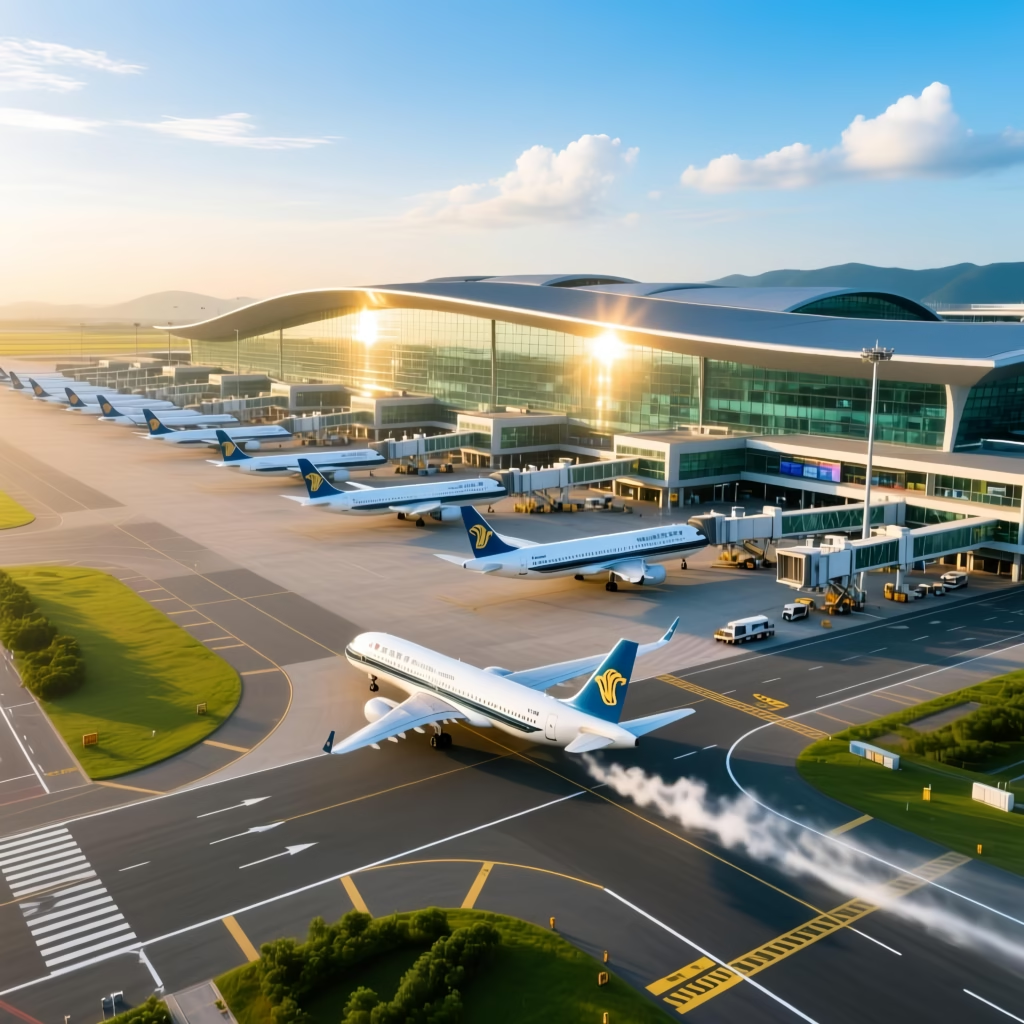How a Good Freight Forwarder Can Help E-Commerce Companies Earn More Profits. E-commerce revenue in the U.S. topped $1.2 trillion in 2024, yet 82 % of online retailers faced at least one major supply-chain disruption—and half suffered three or more annually.
Partnering with a skilled freight forwarder transforms these challenges into profit opportunities by streamlining operations, cutting costs, and boosting customer satisfaction.
Streamlining Supply Chain Management
A robust freight forwarder consolidates shipments, optimizes routes, and coordinates carriers to ensure on-time delivery.
- Shipment consolidation reduces per-unit transport costs.
- Route optimization leverages backhaul opportunities to cut transit times.
- Carrier negotiation secures competitive rates and priority loading.
Case Study: BoxFlow Logistics doubled its weekly quotes from 38 to 76 within 60 days by implementing an online quote portal, boosting conversion rates from 12.5 % to 27.4 %, all without hiring extra staff.
Reducing Operational Costs
By tapping into global networks and volume discounts, freight forwarders drive down expenses across the board.
- Bulk purchasing power for ocean and air freight.
- Shared warehousing and distribution services.
- Automated documentation to avoid costly manual errors.
In 2024, the global freight forwarding market reached USD 156.4 billion, with a projected 5 % CAGR from 2025 to 2034—a sign of intensifying competition and pricing pressure.
Ensuring Compliance and Minimizing Delays
Navigating customs regulations and paperwork is a full-time job. Freight forwarders specialize in:
- Automated customs clearance to prevent delays.
- Accurate documentation for duties, tariffs, and certifications.
- Proactive management of regulatory changes.
Real Example: At the 2024 Canton Fair, Nankang secured $1 million in overseas furniture orders. A digital freight forwarder provided instant sea-freight quotes and fully automated customs processing, enabling on-time U.S. exports and protecting profit margins.
Enhancing Visibility and Customer Satisfaction
Real-time tracking and data analytics build trust and reduce customer service costs.
| Feature | Benefit |
|---|---|
| Live shipment feeds | Immediate alerts on delays or deviations |
| Predictive ETA models | Accurate delivery promises |
| Integrated dashboards | Unified view across air, sea, and road freight |
According to Maersk, 29 % of supply-chain executives will reinvent operations using generative AI by 2025—underscoring the shift toward data-driven visibility.
Supporting Scalability and Growth
Freight forwarders offer flexible capacity and value-added services that adapt to seasonality and expansion.
- Guaranteed container space during peak seasons.
- End-to-end fulfillment: warehousing, picking, packing, and returns handling.
- Multi-currency invoicing and global payment integration.
SeaRates reports that modern forwarders integrate seamlessly with major e-commerce platforms (Shopify, Amazon), offering one-stop logistics solutions that let merchants focus on sales while logistics experts handle delivery and returns.
Leveraging Technology and Data Analytics
Digital tools accelerate quoting, improve decision-making, and drive higher margins.
- Instant quote engines generate carrier rates in seconds.
- CRM integrations automate follow-up and pipeline management.
- Business intelligence portals track KPIs: cost per shipment, on-time performance.
Case Study: BoxFlow’s Linbis-powered portal reduced first-quote times by 84 % and lifted conversion by 119 %, directly boosting revenue without headcount increases.
Driving Sustainable Practices
Cost-efficiency and sustainability often go hand in hand when shipments are consolidated and optimized.
- Route and mode optimization cuts fuel usage and emissions.
- Carbon-offset programs and alternative-fuel partnerships.
- Blockchain-enabled traceability enhances green reporting.
Emerging regulations like EU ETS and FuelEU Maritime, effective 2025, require freight operations to curb emissions—forwarders with green offerings gain a competitive edge.
Integrating Last-Mile and Reverse Logistics
A seamless end-to-end journey enhances customer loyalty and repeat purchases.
- Local carrier partnerships ensure fast, reliable last-mile delivery.
- Reverse logistics frameworks streamline returns processing.
- Branded tracking and notifications keep buyers informed.
The global e-commerce market is expected to exceed USD 7.4 trillion by 2025, intensifying demand for efficient delivery and returns solutions.
Conclusion & Action Plan
- Assess your current logistics costs and identify bottlenecks.
- Choose a freight forwarder with proven e-commerce expertise.
- Implement digital quoting, tracking, and analytics tools.
- Leverage consolidation and negotiated rates to cut expenses.
- Monitor sustainability metrics and compliance readiness.
- Review performance quarterly and refine your strategy.
By partnering with a forwarder that excels at technology, compliance, and customer-centric services, e-commerce companies can streamline operations, slash costs, and ultimately drive higher profits in today’s competitive market.
A Guide to China’s Top 5 Airports 2025
Soaring Through the Middle Kingdom: A Guide to China’s Top 5 Airports 2025, China’s meteoric…
The Ultimate Guide to Sourcing & Shipping Christmas Ornaments from China
The Ultimate Guide to Sourcing & Shipping Christmas Ornaments from China. The holiday season is…
Decoding Shunde: The Ultimate Guide to the World’s Appliance Capital
Decoding Shunde, If you’ve ever turned on a microwave, blended a smoothie, or adjusted your…




